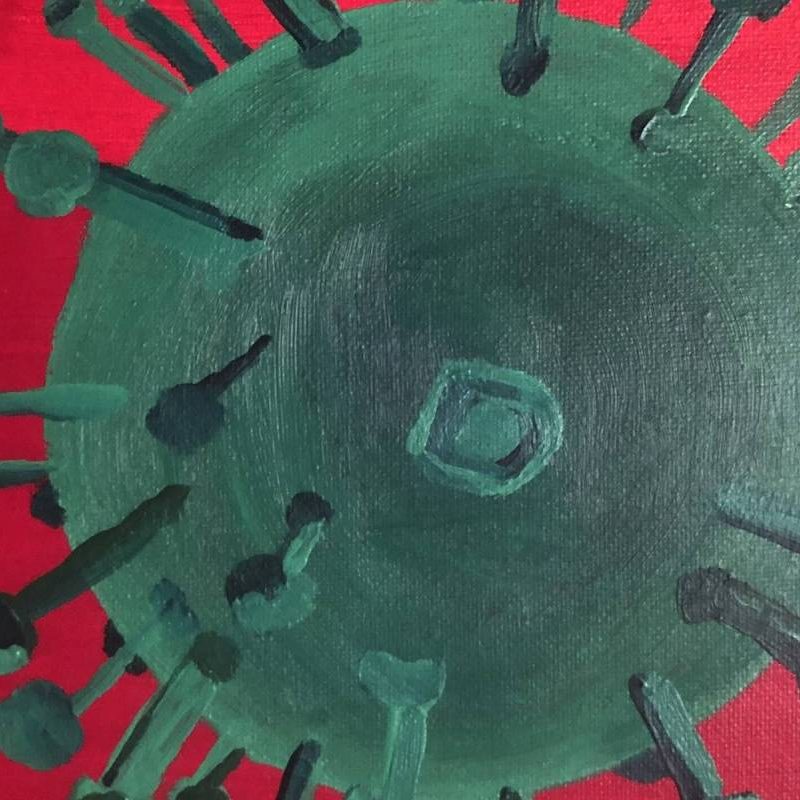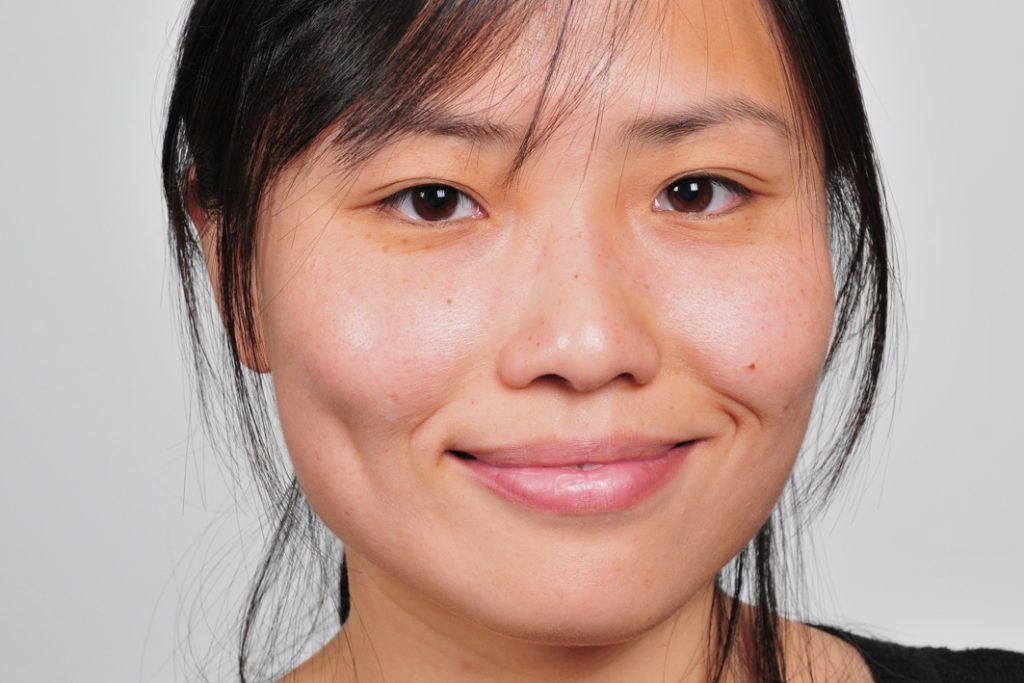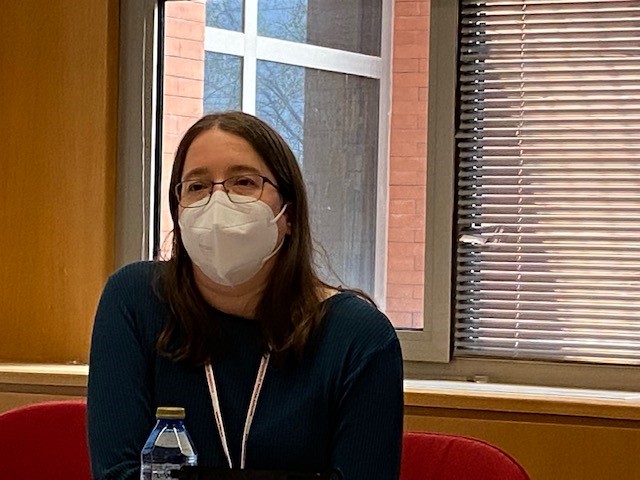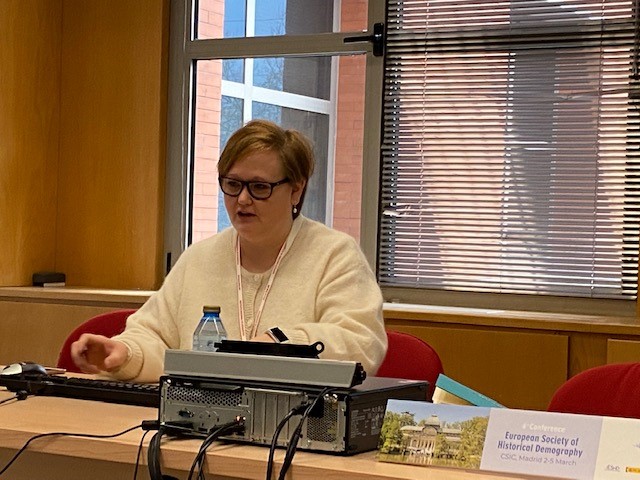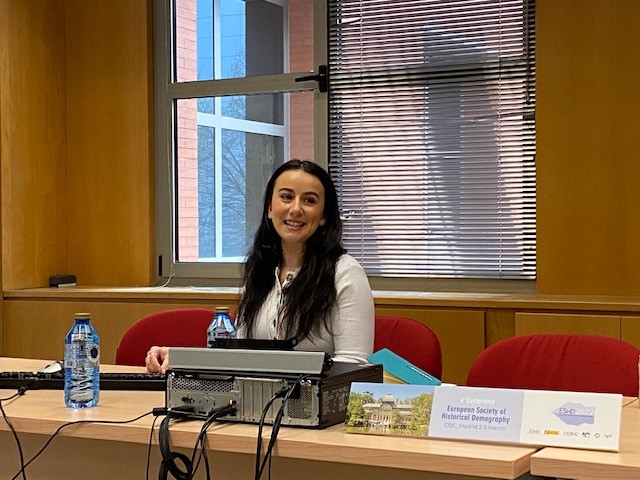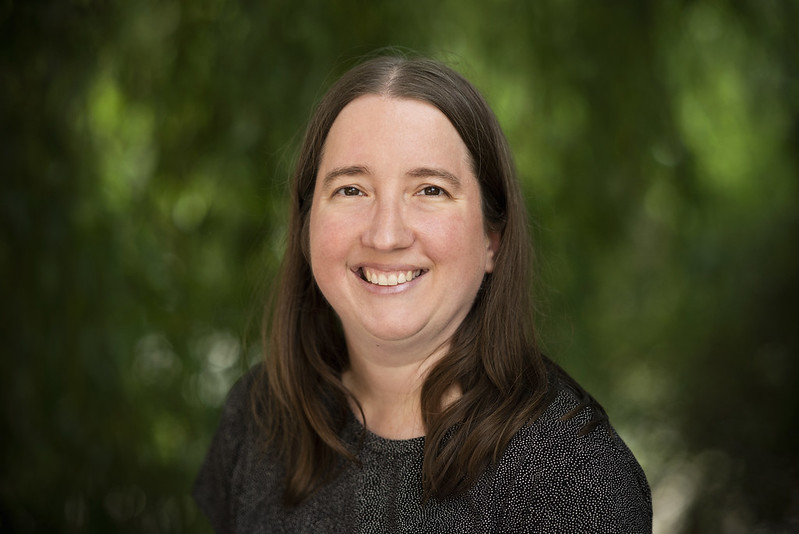Next webinar this Thursday
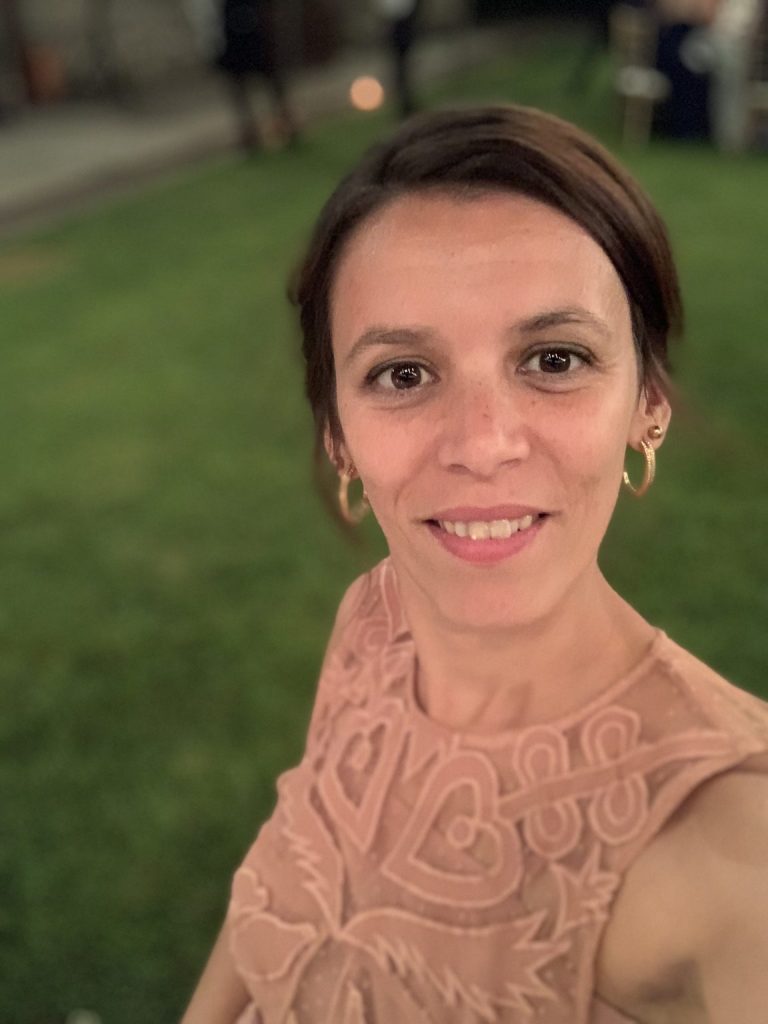
The next PANSOC webinar will be March 17 at 1600 CET. Margarida Pereira will present: “The 2020 Syndemic of Obesity and COVID-19 in an Urbanized World.”
One-hundred years after one of the largest infectious disease pandemics, the Spanish influenza, the world was hit by the COVID-19 pandemic. As in 1918-20, the most common public health measures in 2020 to control the spread of this highly contagious disease were essentially non-pharmaceutical. The first COVID-19 outbreaks occurred in urban areas, which confirmed that these areas bring together the perfect conditions for fast dissemination of infectious diseases. Also, at an early stage of the COVID-19 pandemic, physicians and scientists observed that individuals with specific comorbidities, and namely with obesity, not only were at higher risk of contracting severe illness but also had increased odds of dying. Hence, urban areas became naturally privileged settings for the uprising of the syndemic of obesity and COVID-19.
Margarida Pereira is a Health Geographer, and her research focuses on the social determinants of health. Currently, Margarida is a postdoctoral fellow at PANSOC and is studying the syndemic relation between obesity and COVID-19 from a social science perspective.
